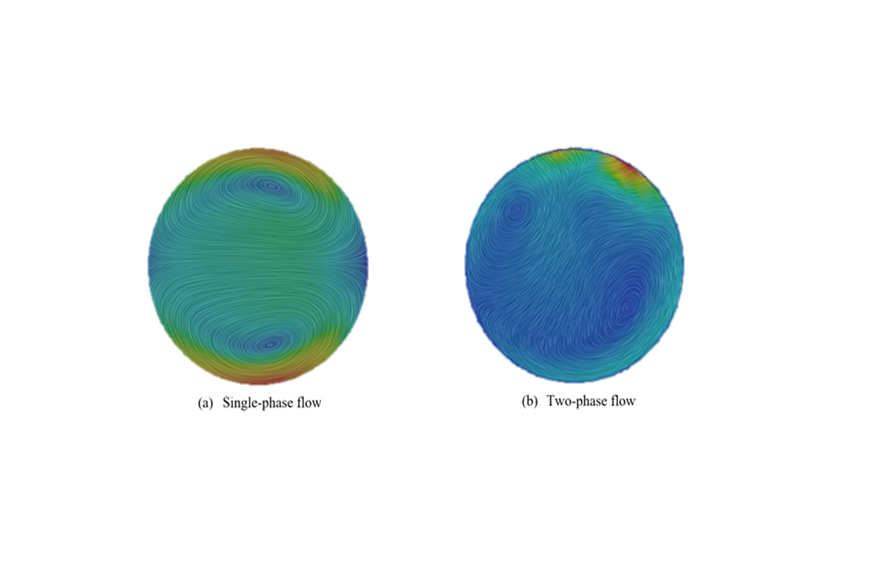Project Details

Problem Statement
In nuclear energy systems, steam generators typically consist of a bank of tubes through which the very hot primary coolant flows surrounded by a shell structure in which a separate secondary coolant is allowed to boil. The phase change from liquid to gas is a very effective cooling mechanism and rapidly removes heat from the primary coolant, which is recirculated back to the reactor core to be heated again. The efficiency of the entire power plant hinges upon the performance of the steam generator. While the structure of a steam generator appears simple, engineering of an efficient steam generator which can survive the extreme temperature differences between the inside and outside of the tubes as well as the vibrations induced by both the single phase primary and multiphase secondary flow is challenging. Advanced steam generator designs for advanced reactor systems are considering a wide variety of design options that may provide performance advantages including helical coil concepts in which the primary coolant flows over the outside of the tubes and twisted tube heat exchangers which utilize alternate tube shapes to optimize heat transfer.
Technical Approach
Advanced multiphase computational fluid dynamics (CFD) methods are being developed and demonstrated to support the development of advanced steam generator designs in industry.
Benefit
The availability of advanced simulation tools can enable consideration of a broader range of design options and potentially reduce the cost of experimental confirmation programs.
Sponsors
US Department of Energy, Office of Nuclear Energy, Nuclear Energy Advanced Modeling and Simulation Program


